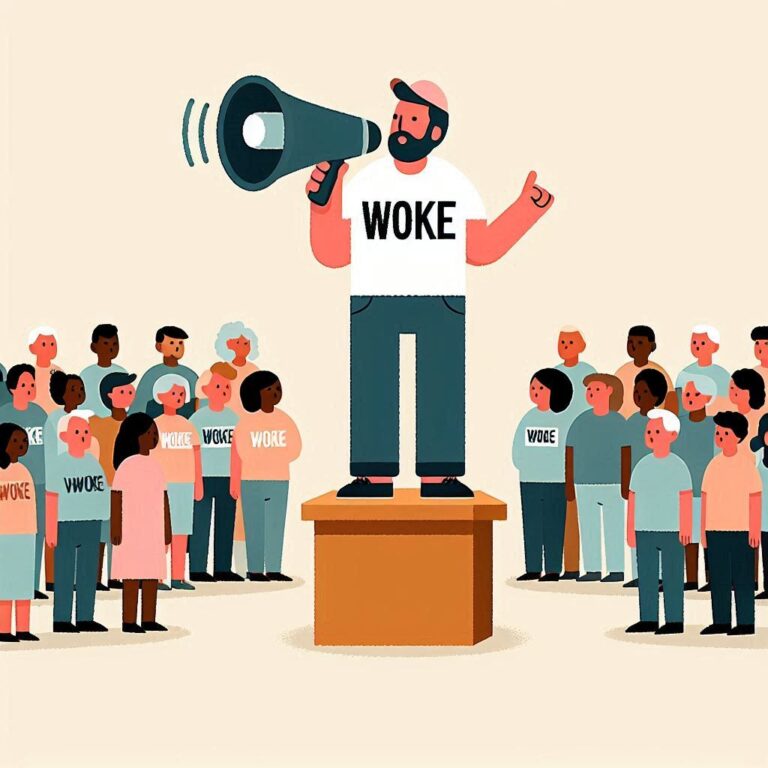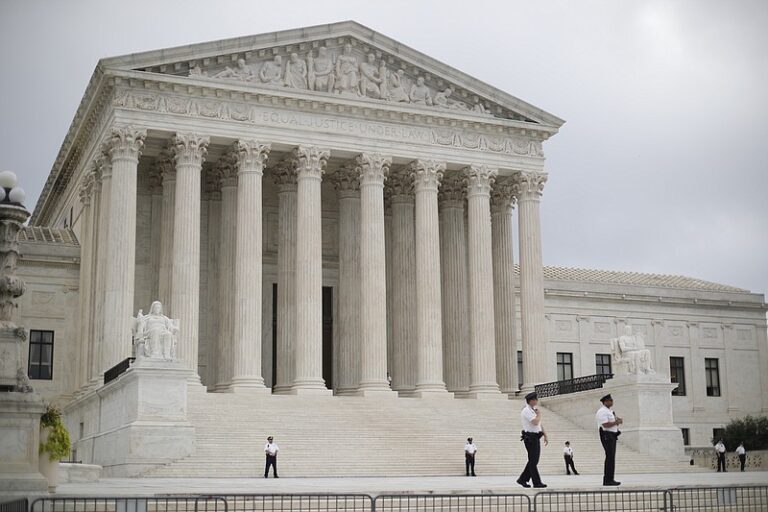Healing the Land: Addressing America’s Racist History Through Restoration
Healing America’s Land: A Journey Through Restoration and Racial Reckoning
The scars of America’s history are etched into the very earth we tread upon. The tales of struggle, resilience, and exploitation have become part of the land, whispering stories from centuries past. So, what if I told you that healing the land could also mean healing the nation’s racial wounds? The notion that restoration can serve as a catalyst for addressing America’s racist history is not only thought-provoking, but it also beckons us to take action.
In this article, we’re going to journey through the heart of restoration— exploring its intricate ties to racial justice, land use, and ultimately, the path towards reconciliation. So, buckle up!
The Intersection of Land and Race
The Historical Context
Let’s set the stage. Picture this: the vast, untamed wilderness that once dominated the American landscape holds both beauty and bloodshed in its essence. Indigenous peoples thrived on this land long before colonizers arrived, cultivating a rich tapestry of culture, tradition, and interdependence with nature. However, the story took a stark turn when conquest, colonization, and systematic oppression were unleashed. Land theft became the foundation upon which this nation was built, and with it, a legacy of racial violence and inequality.
Do you feel that weight? It’s heavy. The legacy of slavery, segregation, and dispossession still lingers today in policies and practices. Urban redevelopment, environmental racism, and land-use disparities often marginalize communities of color, further embedding racial inequalities.
Understanding Environmental Racism
Speaking of environmental injustices, let’s dive into something we can’t overlook: environmental racism. This term refers to the practice of placing hazardous waste sites, polluting industries, and other environmentally harmful facilities predominantly in communities of color.
-
Examples abound: Think of the water crisis in Flint, Michigan, or the struggles of the predominantly Black residents in Louisiana’s “Cancer Alley.”
-
These scenarios are more than mere coincidences. They expose a deliberate pattern of neglect and exploitation that has festered for generations.
When we understand this context, we start to see how restoration is not just a physical act but also a moral imperative.
The Role of Restoration in Healing
Restoring Land, Restoring Lives
Imagine a once-vibrant ecosystem that has been ravaged—deforested, polluted, and mismanaged. What if these same lands could be revitalized, serving as sanctuaries for both people and nature? Restoration offers hope, a way to heal not just the environment, but also the communities historically tied to it.
Restorative practices include:
- Reforestation: Planting trees not only regenerates ecosystems but also provides habitat and resources for local communities.
- Wetland Restoration: These vital ecosystems act as natural water filters and flood buffers, and restoring them can greatly benefit marginalized communities often impacted by floods and water crises.
- Community Gardens: They’re more than just patches of greenery; they’re a source of food, education, and unity.
By incorporating communities in restoration efforts, we’re not just revitalizing the land—we’re rekindling cultural ties, community pride, and collective healing.
Bridging the Gap Through Land Trusts
Ever thought about land trusts? These incredible organizations can serve as focal points for justice. Land trusts work to preserve and restore land while ensuring equitable access for marginalized communities.
- Key Functions of Land Trusts:
- Acquisition of Land: They can buy back lands that have been historically appropriated.
- Affordability and Access: By focusing on community ownership, they make it feasible for underprivileged families to have a stake in the land.
- Cultural Preservation: They ensure that the historical and cultural significance of the land isn’t lost, creating spaces for storytelling and community engagement.
Think of land trusts as bridges—connecting marginalized voices with the resources they need for empowerment and restoration.
Let’s Talk Action: How You Can Contribute
Feeling inspired? Good! Here’s where the rubber meets the road. Individual actions can lead to monumental change.
Get Involved Locally
- Volunteer with Local Restoration Projects: Whether it’s planting trees or participating in clean-up days, your time will make a difference.
- Support Indigenous and Local Farmers: Purchasing produce from community-supported agriculture (CSA) can directly benefit those working to heal the land.
Educate Yourself and Others
- Read Up on Environmental and Racial Justice: Knowledge is power! The more you know, the better equipped you’ll be to advocate for change.
- Share Your Insights: Conversation fosters awareness. Talk to friends, family, and community members about the importance of healing our land and recognizing its history.
Advocate for Policy Change
Don’t underestimate the power of your voice in the political arena:
- Support Legislation Protecting Land Rights: Advocate for policies that protect communities from exploitative land practices.
- Engage with Local Representatives: Talk to them about environmental justice and encourage them to prioritize these issues.
The Ripple Effect: A Vision for the Future
Imagine a future where healing the land transcends being just a catchphrase. What if every step we take towards restoration also paves the path for racial equity? This ripple effect can extend beyond communities, impacting the very fabric of society.
Benefits of Collective Action Include:
- Stronger Communities: Together, restoration can build a sense of belonging and uplift historically marginalized voices.
- Healthier Ecosystems: A blend of ecological restoration with social equity can lead to healthier environments for all.
- Cultural Revitalization: Renewed ties to the land can lead to a revival of cultural practices and indigenous knowledge.
Doesn’t this sound like a vision worth pursuing?
Conclusion
Healing America’s land is an essential endeavor that invites us to confront the shadows of our past while marching towards a more equitable future. Through awareness, advocacy, and active participation in restorative practices, we can cultivate a space where racial and environmental justice coexist. Let’s be the stewards of the land, honoring both its history and its potential for healing. Just like a garden that flourishes from careful tending, our communities can grow stronger, more inclusive, and resilient when we commit to restoration.
FAQs
1. What is environmental racism?
Environmental racism refers to the exclusion of communities of color from environmental decision-making processes, often resulting in hazardous conditions for these populations.
2. How can I get involved in local restoration projects?
Check for local organizations or community gardens needing volunteers. You can also participate in clean-up days and tree-planting events organized in your area.
3. What role do land trusts play in healing racial injustices?
Land trusts help reclaim and restore land for marginalized communities, ensuring access, affordability, and cultural preservation.
4. Why is it important to include communities in the restoration process?
Inclusion fosters a sense of ownership, pride, and collaboration that is essential for the sustainability of restoration efforts and healing.
5. What resources can I tap into for learning about racial and environmental justice?
Books, documentaries, workshops, and online courses are effective resources. Local libraries and community centers often host educational events focusing on these topics.







